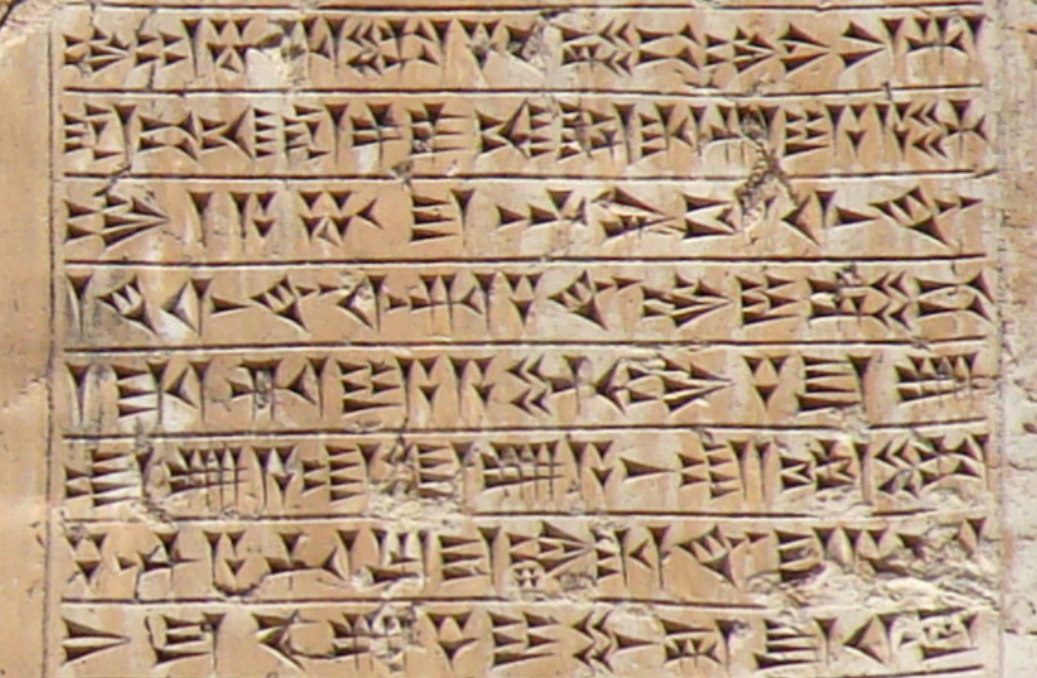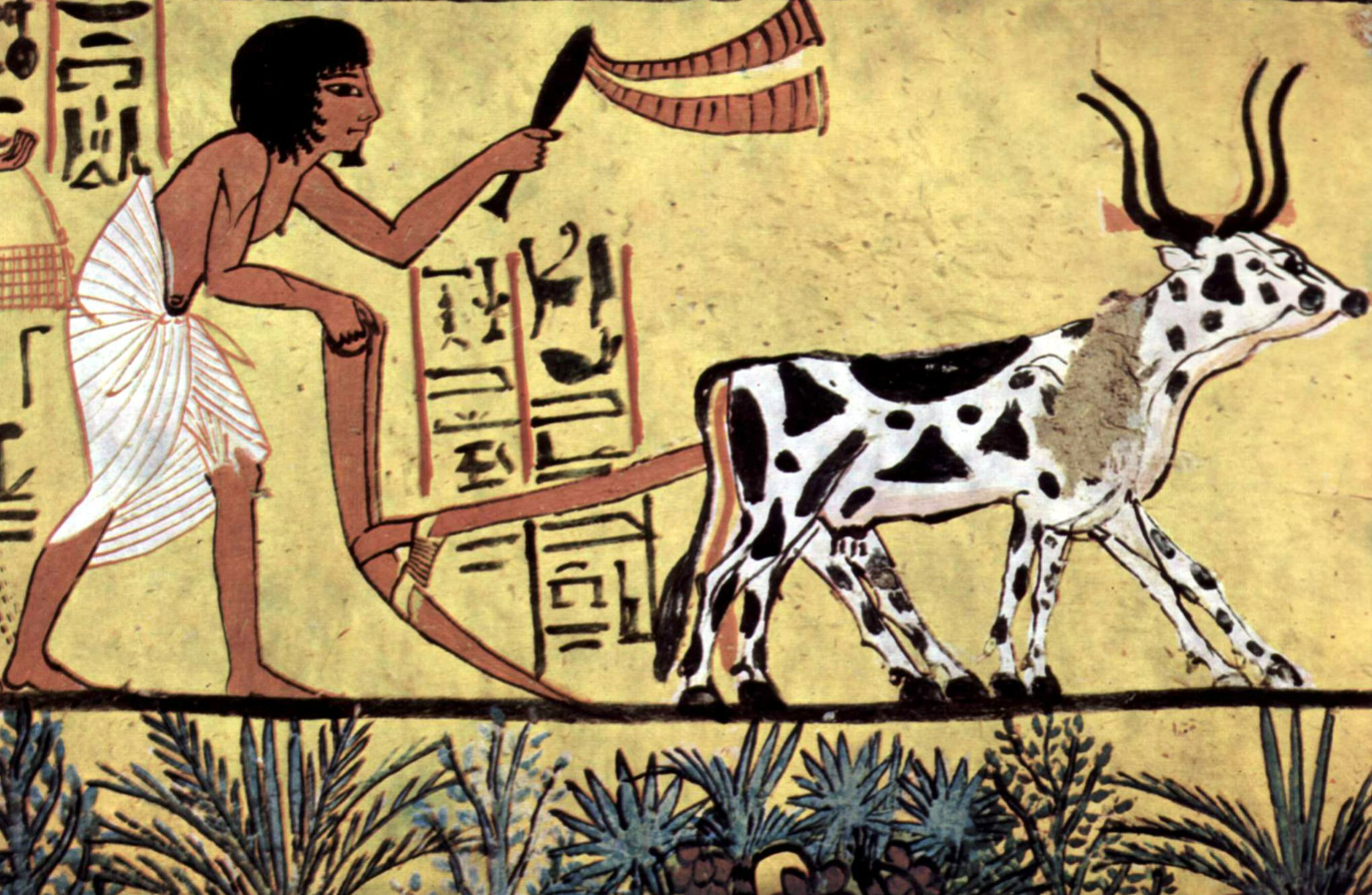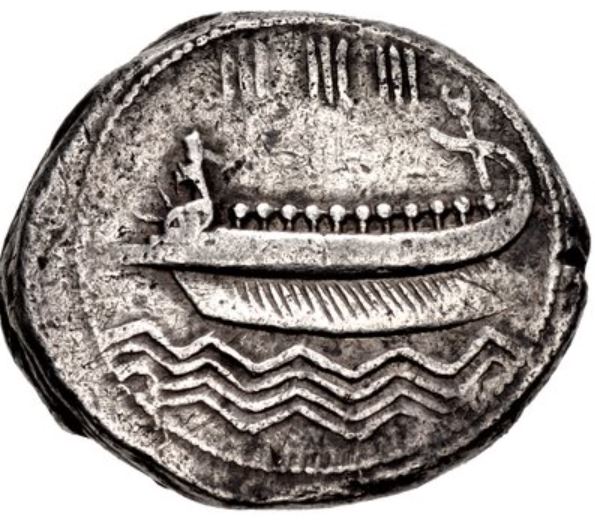

|
In the same region, two fascinating civilizations are among the oldest known Semitic languages: Assyro-Babylonian (or Akkadian) and Phoenician. Do you want to see the traces in modern languages? Look at the resemblances in following comparisons:
Assyro-Babylonian to Hebrew language comparison
Assyro-Babylonian to Arabic language comparison
Assyro-Babylonian to Aramaic language comparison
In these comparisons, you can see the very visible traces of Assyro-Babylonian in today’s Hebrew: the distance in our system is 37, Arabic: distance 42, but Assyro-Babylonian’s nearest neighbor is Aramaic, with a distance of 33, which makes sense historically.
There are ony 14 words (out of 18) available from Phoenician, but using those reveals the Phoenician’s nearest neighbors: Hebrew (7), Aramaic (21) and Arabic (31). That order also makes sence from an historical point of view. Here the links to the details:
Phoenician to Hebrew language comparison
Phoenician to Arabic language comparison
Phoenician to Aramaic language comparison
Safaitic, a old north-Arabic language from the time around -100 to 400 has left a few written traces in the Syrian desert. 8 of our 18 words are available from that material and using them for comparisons, we find the next almost equidistant neighbors being Arabic (not surprisingly) with a distance of 17,9 and Aramaic with 18,2. After that, the older Semitic languages Assyro-Babylonian, Phoenician and Geez follow in the list. Here is the sample for Safaitic to Arabic:
Safaitic to Arabic language comparison
From a "cousin" lineage of the semitic languages, Old Egyptian’s direct descendent is Coptic, which ceased to be spoken around the XVI century and remains present only in Coptic Christian liturgy. Today, the Copts speak Arabic in daily life. This is an example of linguistic assimilation as it occurred very widely in history and a good example, which reflects why the genetics and linguistics paths in evolution trees do not always match!
Old_Egyptian to Coptic language comparison
Old Egyptian is not a Semitic language, but it belongs to the same macro-family as Semitic: Afroasiatic. Whereas Coptic is – as its descendent – the next neighbor in our system, the next related languages are Tamasheq, Kabylian and Riffian Berber (Tmazight) all with distance scores bellow 70. These three languages belong to the Berber branch of Afroasiatic, which is also related to Semitic. Here are the results in details:
Old_Egyptian to Kabylian language comparison
Old_Egyptian to Tmazight language comparison
Old_Egyptian to Tamasheq language comparison
So to sum up, today’s living languages related to Old Egyptian are:
- Coptic (extinct 400 years ago), still present in liturgy and in the spirit of the Coptic community – the Chritians of Egypt.
- The Berber languages are cousin languages of Egyptian and Coptic – not descendent.
- All other Afroasiatic languages – among them the Semitic ones – also also cousins, but more distant ones.
Let’s see how the Semitic tree looks like, placed within its Afroasiatic context: Download Afroasiatic tree in PDF or Interactive Afroasiatic tree (click on the nodes!)


|
